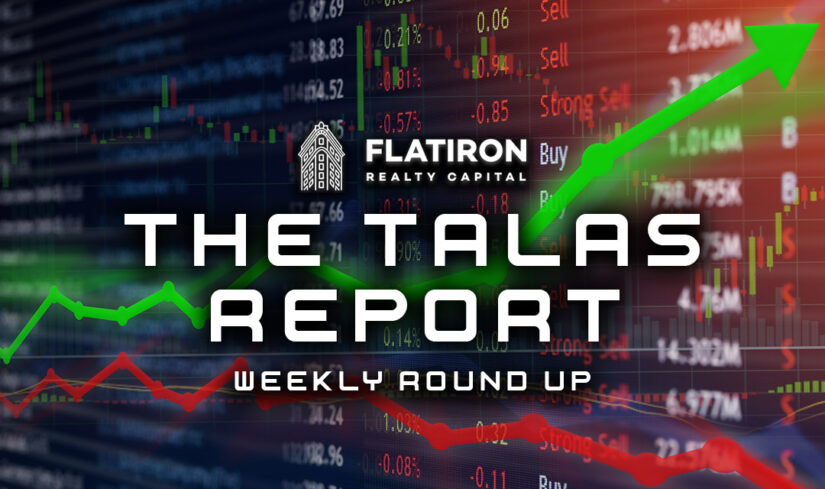
Written by Robert Talas, Owner of The Talas Report Blog
Hello, fellow investors and industry enthusiasts! I’m Robert Talas, and I’m back with our weekly roundup of the latest happenings in the real estate and market world. As the owner of this blog, I’m committed to keeping you informed and providing valuable insights. Let’s dive into this week’s key articles:
1 – S&P 500 Ends at Fresh 2023 High: Stock Market Books Longest Weekly Win Streak in Four Years
The S&P 500 index has surged to a fresh high in 2023, marking the longest weekly winning streak in four years. Investors are riding the wave of optimism fueled by recent bond market rallies. Here are the takeaways:
- Market Momentum: The sustained upward trend signals robust investor confidence.
- Sector Rotation: Keep an eye on sector rotations as different industries respond differently to economic shifts.
2 – The Fed Was Wrong About Jobs and Inflation: What Industry Leaders Can Do
Recent events have strained the U.S. commercial real estate (CRE) market, from the pandemic’s effects to the Federal Reserve’s battle with inflation. As financing costs soar and commercial vacancies rise, echoes of past crises resonate. Here’s what you need to know:
- Inflation Uncertainty: The Fed’s misjudgment highlights the need for adaptive strategies.
- Risk Mitigation: CRE leaders must diversify portfolios and explore alternative investments.
3 – Ginnie Mae Adding New Financial Reports for Mortgage Banks
Ginnie Mae, a critical player in the mortgage-backed securities market, is enhancing transparency by introducing new financial reports for mortgage banks. These reports aim to provide deeper insights into loan performance and risk. Here’s what you need to know:
- Data Visibility: Mortgage banks can now access granular data on loan pools.
- Risk Assessment: Use these reports to assess credit risk and make informed decisions.
4 – Mortgage Rates Update: December 8, 2023
As we approach the end of 2023, the mortgage market remains dynamic, with rates continuing to fluctuate. Homebuyers and refinancers are closely monitoring these changes. Let’s delve into the details:
Rate Volatility
Mortgage rates have been on a rollercoaster ride, influenced by economic indicators, global events, and central bank policies. On December 8, 2023, rates showed both upward and downward movements. Borrowers need to stay vigilant and consider locking in favorable rates when possible. Here are the key points:
- Upward Pressure: The recent surge in inflation has put upward pressure on interest rates. The Federal Reserve’s response to inflation concerns has contributed to rate volatility.
- Economic Data Impact: Market participants closely watch economic data releases, such as employment reports and GDP growth, as they impact rate expectations.
Housing Market Resilience
Despite rate hikes, the housing market remains resilient. Demand for homes continues to outpace supply, leading to competitive bidding and rising home prices. Here’s what you need to know:
- Strong Buyer Demand: Low mortgage rates earlier in the year fueled robust buyer demand. Even with recent rate increases, buyers are actively searching for homes.
- Supply Constraints: Limited housing inventory remains a challenge. Builders are working to meet demand, but supply shortages persist.
As we head into the holiday season, borrowers should consult with their lenders, explore refinancing options, and stay informed about market developments. Remember, flexibility and strategic planning are essential in this ever-changing landscape.
Robert Talas
References: